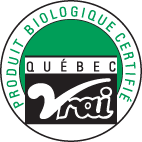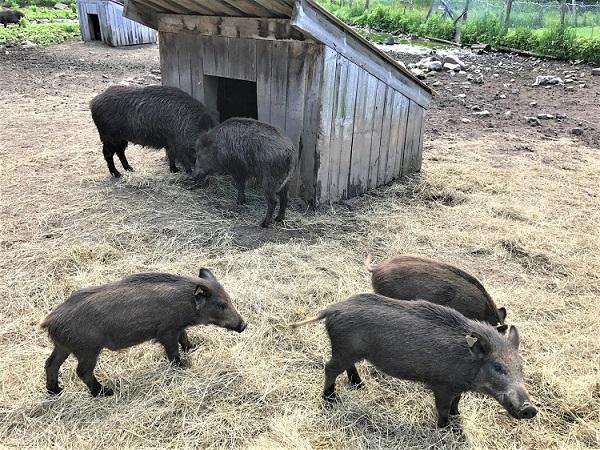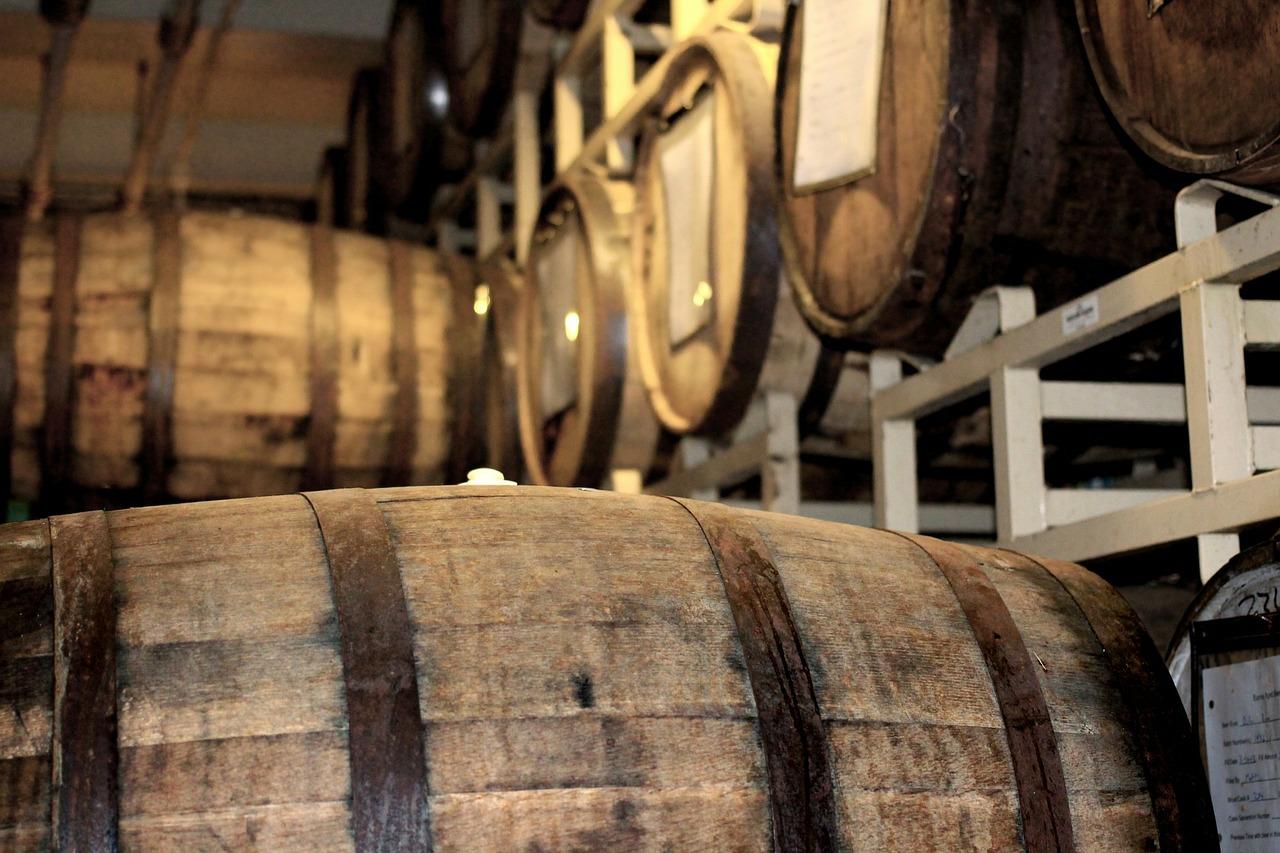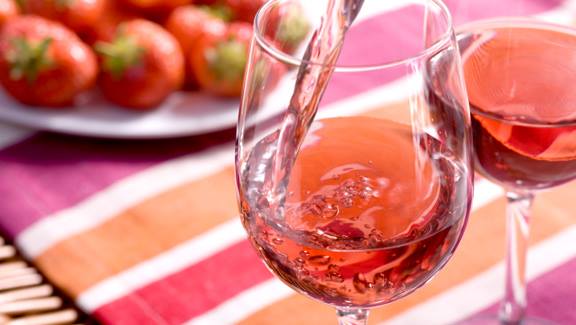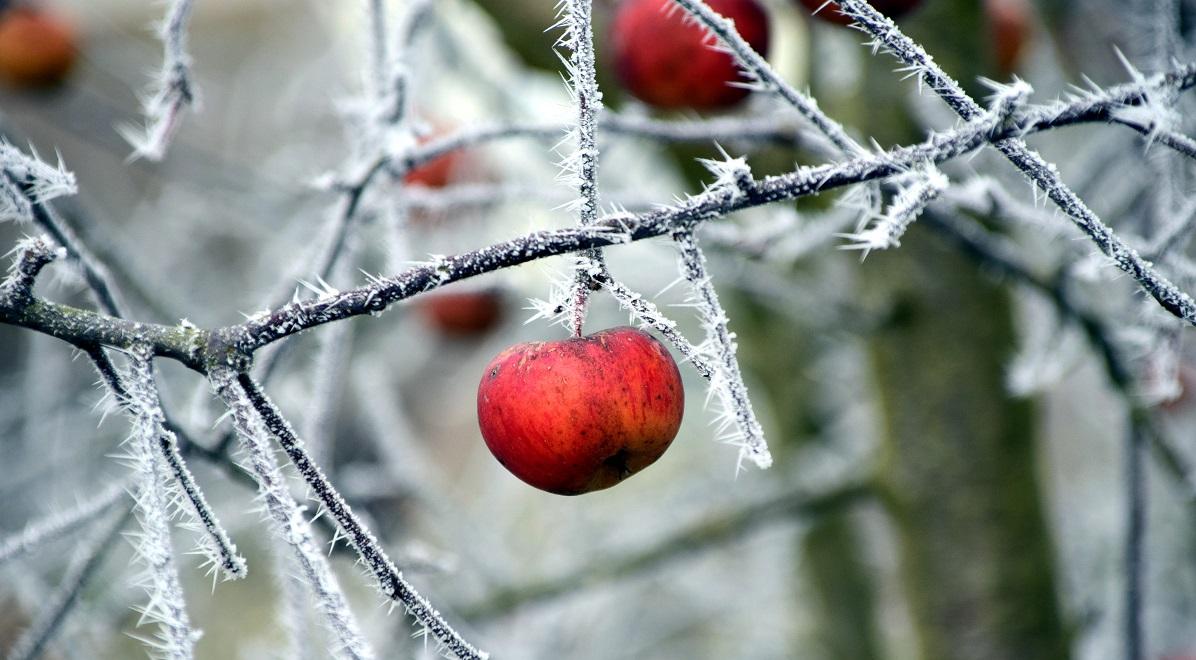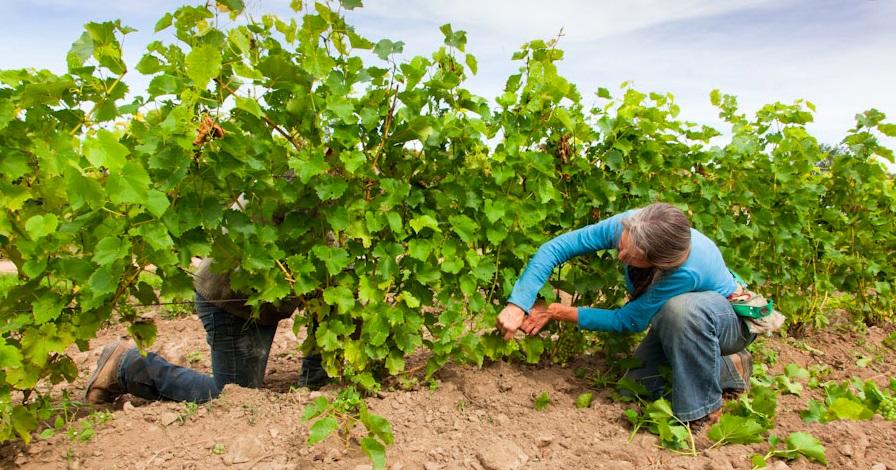
Photo credit: Négondos vineyard
I must admit ... I have a soft spot for "organic" wines. In fact, it would be better to speak of wines "from organic farming", rather than "organic" wines. In a world where conventional agriculture is important, it is hard to be against those who make the effort of environmentally friendly agriculture.
But it's not necessarily because it's organic, it's good. And that applies to the world of wine too. I've always said that before you can make "organic" wine, you have to be able to make good wine. Because, as in many fields, there are those who abuse the commercial aspect of organic certification. This certification guarantees above all that the vine has been worked without any chemicals. It does not guarantee the quality of the wine itself. But at equal quality, if I hesitate between 2 wines, I naturally lean for the one who turned his back on the harmful products, even pay a little more for my bottle.
